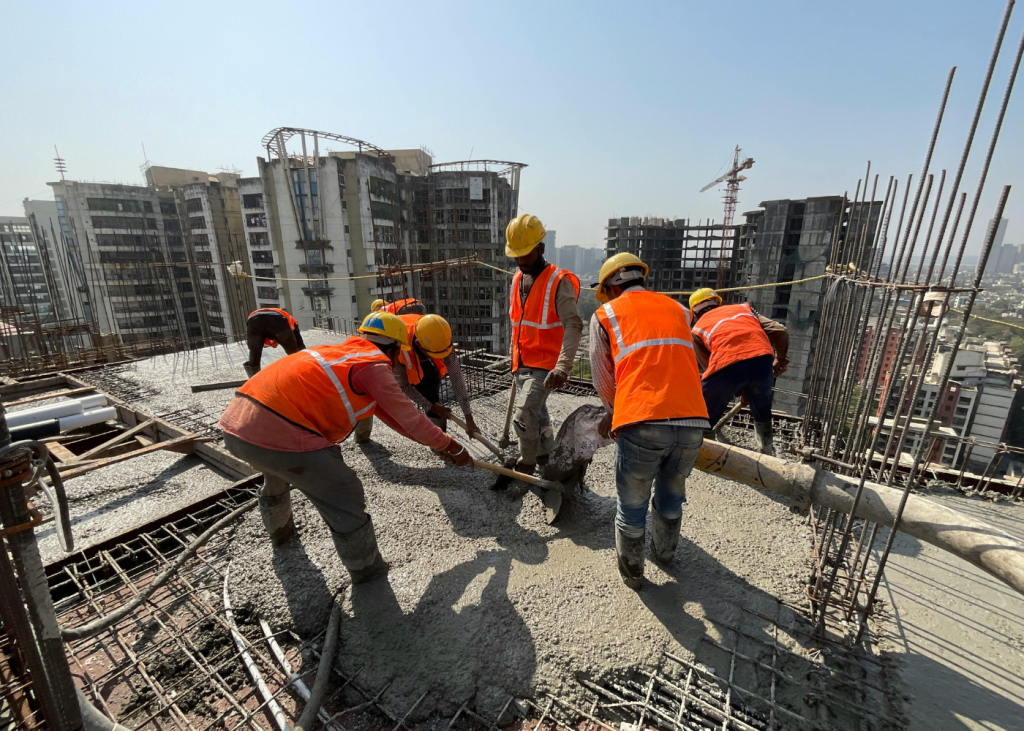In part one of this article we talked about why organizations are looking to move from SharePoint Server 2007 to SharePoint Online, key aspects to consider while designing a migration strategy, importance of assessing customer’s existing environment, and the various possible phases of migration. Read part one – Assess SharePoint 2007 (or MOSS) for Migration – Part I
In this part let us look at the approach to prepare and segment the questions for creating a profile of customer’s existing SharePoint 2007 environment, and how the required data can be collected from customer with minimum iterations.
Profiling Questions
Profiling questions helps you to better analyze the client’s existing SharePoint environment. Prepare questions to carefully assess all the business and technical aspects. Determine what type of questions should be considered to assess the client’s environment and collect the required details. Filter sufficient profiling questions and categorize them in meaningful sections. This will allow you to quickly collect relevant data in order to plan the perfect migration path.
One of the ways you can categorize profiling questions could be into following sections- General info, Existing SharePoint 2007 Server Infrastructure, SharePoint 2007 Customizations and integrations, Expectations during migration phase etc. I would recommend to ensure that the questions are not too technical. Provide sufficient hints for expected responses like the OS names, Database name etc. This will help to collect the correct inputs from a client.
In case of profiling the infrastructure or a farm environment, you can consider using an analyzer tool (like SharePoint BPA) to collect relevant data which can be used to create your report. While doing profiling, one of the best practices is to avoid asking redundant questions to the customer. This ensures getting quality inputs from client with minimum iteration. The categories could be like the following:
General Information
In this category ask general questions around the current SharePoint editions like SharePoint Standard or Enterprise, number of users, SharePoint test environment etc.
Expectations during migration phase
Include questions which help us to identify user expectations during migration phase. They could be like–‘During the migration process do you want to access your content?’, or ‘How much downtime is to be afforded during migration?’, or ‘What about the current taxonomy and URLs? Do you want to use as it is or redefine them?’
Analyze SharePoint 2007 Server Infrastructure
In order to analyze and understand the existing SharePoint 2007 Server Infrastructure, we need to collect brief details like whether SharePoint is installed on single server or multiple server farms, virtualization of SharePoint, installed service packs and cumulative updates, Windows Server Infrastructure (AD, federation etc.), the number of web servers, database servers, load balancer, SQL Server version -32bit or 64 bit etc.
Analyze SharePoint 2007 Information Architecture
To analyze SharePoint 2007 information architecture we need to collect existing SharePoint sites, site collections and web application, size of the SharePoint content databases, existing Site navigation, Sub Site Structure, or Site Map, or search functionality etc.
Analyze SharePoint 2007 Customizations, need following details
Customization is a very critical part as the current customization is may not be supported on target system due to the fact that the feature is deprecated or whatever the reason affecting it. So to understand the existing SharePoint 2007 customizations, you should include questions around standard SharePoint customizations; like is there any customization using SP designer or any custom code for any specific feature, SharePoint personalization from branding aspects, custom workflows etc.
Analyze SharePoint 2007 Integration
Another critical point in migration path is SharePoint integration with LOB applications. Include questions around common and specific integrations. For common integrations we can consider integrations with messaging server, communication server, MS-Office, Outlook etc. and for specific integrations like SQL Server Reporting Services (SSRS) etc. Few examples are:
- Is your SharePoint environment integrated with Email or any corporate Instant Messaging (IM) and conferencing severs? If yes, please provide the details like version, editions etc.?
- What kind of Outlook features are integrated with the SharePoint environment – e.g. Calendar, Task Lists, Contact Lists, and Alerts etc.?
Analyze SharePoint 2007 Backup and Restore Process
Try to include questions like what are their current backup methodologies – at Farm Level or Site Collection, what’s the backup frequency- daily/weekly/once in a month? Recovery Point Objective (RPO) and Recovery Time Objective (RTO) of the SharePoint Environment etc.
A smooth migration may be attained by keeping the above details in consideration along with other additional inputs incorporated as and when required depending upon the needs.
Our Cloud adoption services team has prepared a ready-to-use profiling questionnaire for you, which can come handy while profiling the customer’s environment. To request the questionnaire, click this .



